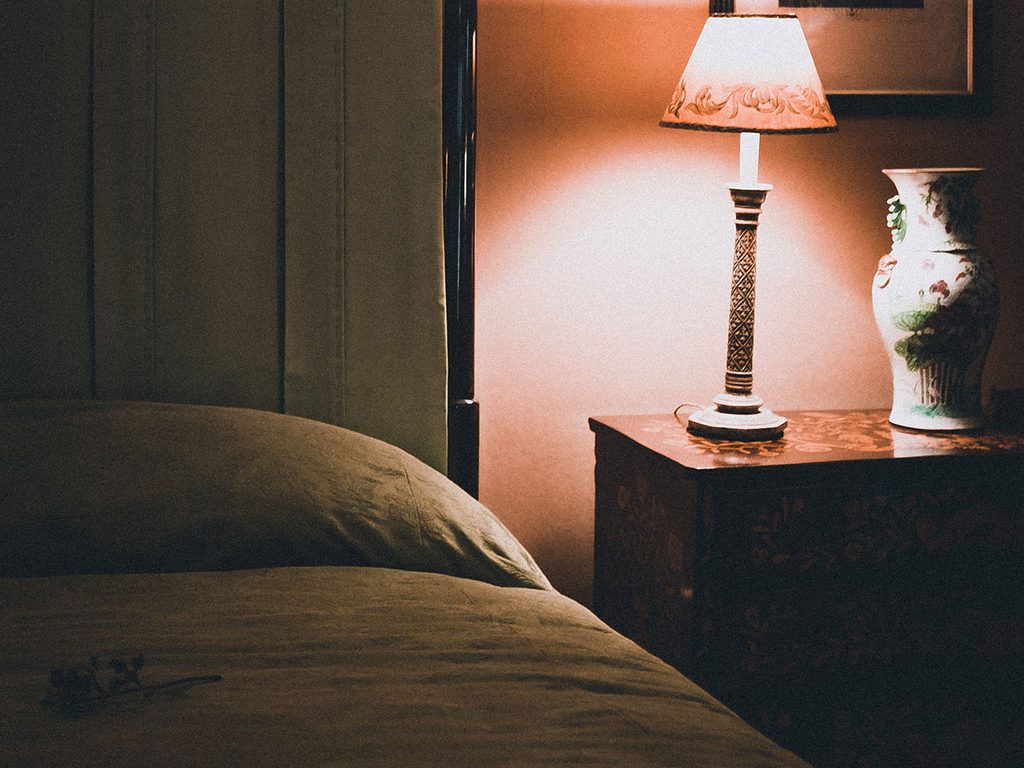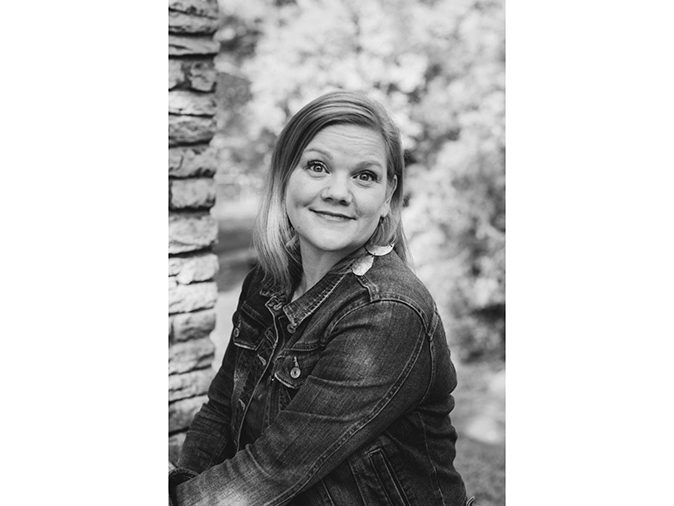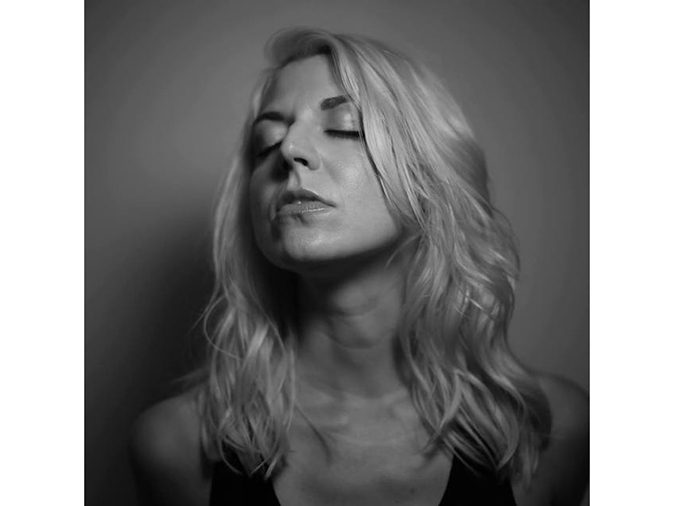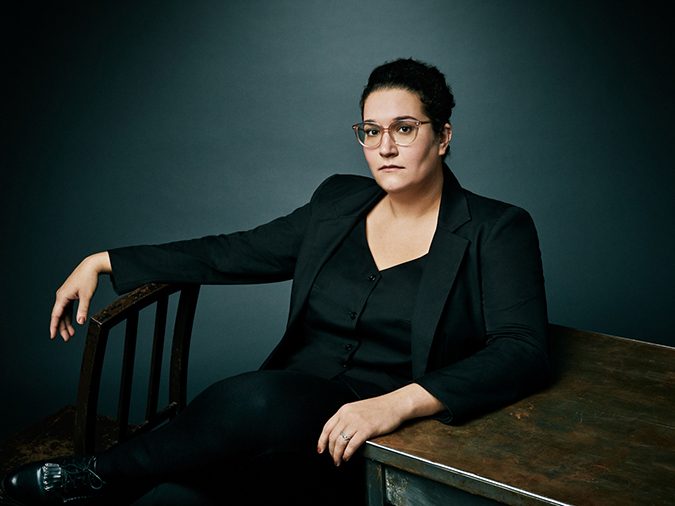3 Survivors Share Their Stories of Escaping and Healing From Domestic Violence

These three women have turned their stories of abuse into ones of empowerment.
While November is National Domestic Violence Awareness Month, it’s important to reflect on the circumstances around domestic violence all year to stop the cycle of abuse. The National Domestic Violence Hotline defines domestic violence, or intimate partner violence, as “a pattern of behaviours used by one partner to maintain power and control over another partner in an intimate relationship.” This includes physical, verbal, emotional, and psychological abuse, and affects people of all races, classes, genders, and age groups.
Experts at the Hotline say that to end the cycle, we’ll also need to end the stigma that keeps domestic violence survivors from reaching out for help. Hearing the stories of others helps shine a light on how abuse begins, why partners stay, and what can be done to reduce intimate partner violence. Some survivors even manage to move beyond their painful experiences to find healing through art and storytelling. Here are three women, who shared their stories of survival with us.
Goodbye, Sweet Girl: Kelly’s story
Author and writing professor Kelly Sundberg wrote her memoir of survival, Goodbye, Sweet Girl, to better understand the nature of her abusive marriage and to begin the process of healing. When Sundberg met her husband, he showered her with love and affection. Although he was shy in the beginning, over time, his moods became angry and erratic. Her book details the life of a young woman in love whose relationship became violent and dangerous over a period of years. She considers herself lucky to have survived and to have the chance to heal. “Not everyone has the opportunity to step back and look at trauma through the lens of a writer,” she says. In one of the last arguments she had with her husband, he broke her foot by throwing a ceramic bowl at her. This was the moment she realized she had to leave.
Ending abuse means changing the societal conditions that make abuse possible. “Our entire culture needs to shift. I was taught from birth that being able to forgive boys was the best attribute I could possess.” She points out that society tends to shift blame and suspicion onto victims, rather than on perpetrators. In Sundberg’s case, leaving was made difficult by a lack of financial resources. Worse, she says, was that her family didn’t know whether or not to believe her accounts of the abuse.
Children can also be victims of intimate partner violence: According to the National Coalition Against Domestic Violence, 1 in every 15 children are victims of domestic violence each year, with 90 percent of these children witnessing first-hand the violent events that take place within the home. Sundberg’s young son also served as a motivation to leave her marriage. Addressing the question of why a person might stay in an abusive relationship, she points out that the nature of domestic abuse means that the abuser has torn down the victim to the point of extreme fear and self-doubt. “We have to start asking the question about what broke the person down within the relationship. It never starts off with abuse. It begins with love.” Sundberg wants those who are currently in violent relationships to know that it will get better and that you have to treat yourself kindly. “Show yourself the kindness and love that you showed your abuser all those years.”
(Related: I Stayed in an Abusive Relationship Because I Didn’t See Myself as Being Abused)
“Won’t Break”: Emily’s story
Intimate partner violence doesn’t have to be physical: Although the husband of singer and songwriter Emily Nicholas never harmed her physically, he called her names, screamed at her, and isolated her from the friends and loved ones she’d trusted most. She says that what began as love quickly became toxic manipulation—a process she calls “grooming.” As part of the grooming process, Emily’s husband made it a point to criticize those who were close to her, at times forbidding her to continue relationships with friends and family. This common component of abuse isolates the victim from potential support; he also continually belittled Emily. Any argument could lead to aggression—a gateway to yelling, verbal abuse, and in many cases physical abuse or harm. After, they would reconcile, which would let the cycle restart. The apologies and periods of peace allowed Emily to stay with her husband; she truly believed he was sorry and would improve his behaviour, as promised.
Co-Chief Executive Officer of The SAFE Alliance in Austin, Kelly White, says that abusers tend to repeat these patterns of grooming and abuse in relationships over and over again. “There’s a mentality that ‘you’re supposed to belong to me’,” says White. “It’s not about love. It’s about control.” White says that greater socioeconomic struggle can make it more difficult to leave an abusive relationship. She also points out that the most dangerous period victims face is after they have made the decision to leave. For Emily, that moment came after a couples’ therapist held her back after a session and asked her directly if she was being abused. The therapist could sense what Emily had been enduring for years. She says that having a third party confirm what she knew to be true in her heart was all she needed to hear to take herself out of the situation. Emily has expressed her journey of healing in her album, Less Blue. The album includes the song “Won’t Break”; she sings about the obstacles that come with healing from domestic abuse, including PTSD, anxiety, and mistrust of future romantic partners.
In The Dream House: Carmen’s story
Author Carmen Maria Machado’s upcoming memoir, In The Dream House, details her experience of a toxic relationship with her first girlfriend. The relationship began when Machado was a young woman. She says she wasn’t aware of the way healthy relationships should be. Although confused by her partner’s possessive and aggressive behaviour, she accepted it as “normal” for intimate relationships and powered through. She points out that when it comes to domestic abuse, heterosexual couples often tend to absorb the focus. In reality, members of the LGBTQ community are even more vulnerable to intimate partner violence than cisgender heterosexual females. Those in the LGBTQ community are in a dire situation when it comes to domestic violence, says Emmett Schelling, Executive Director of the Transgender Education Network of Texas. In fact, 54 percent of those who identify as transgender have reported being victims of intimate partner violence. Schelling says that bigotry and bias play a role in the care that is accessible to those in the LGBTQ community. “I find it abhorrent that people think they can play jury in who receives care.” He says that policy change will be crucial to reducing incidents of intimate partner violence and encouraging others to get help.
In Machado’s case, her girlfriend was prone to rage, which led to verbal and physical abuse. She says she was forced to check-in constantly when she was away from her girlfriend. Machado says that the love affair began with her being made to feel special, or “love bombed”, which is when an abuser singles out their partner for being extraordinary, showing great affection as part of the grooming process. She said she thought about leaving but never felt she had a good enough reason until her partner cheated. “I decided it was finally ok to leave the relationship when she cheated. I was aware that that was the culturally approved script for being able to leave someone.” Her statement further proves the point about the damaging effects of the stigma around abuse that prevents people from leaving. They fear they won’t be believed. In the LGBTQ community, there are even fewer resources for treatment, rehabilitation, and far fewer policies in place to protect those who might be abused. “We tend to think of domestic violence in very specific terms,” says Machado. “But the truth is anyone can be abused. It doesn’t have to do with how big the abuser is or what gender they are.” She hopes that her upcoming book will help bring awareness to how different communities are affected by intimate partner violence and that it will resonate with people who may currently be in these tragic situations. She says that even if victims have been isolated from their families that it’s important to seek help. “You are not alone. Reach out to your support network. Let other people help you.”
Help for those experiencing domestic violence
“We would not do this work if we did not believe this could change,” says Kelly White. “You are never alone. There are services and there is help. You are stronger than you know you can be.”
If you or someone you know is in a crisis situation, use Shelter Safe’s resources to find a domestic violence phone line for your province or territory, or search for a service that can help.
Next, find out what most people don’t realize about domestic violence.







